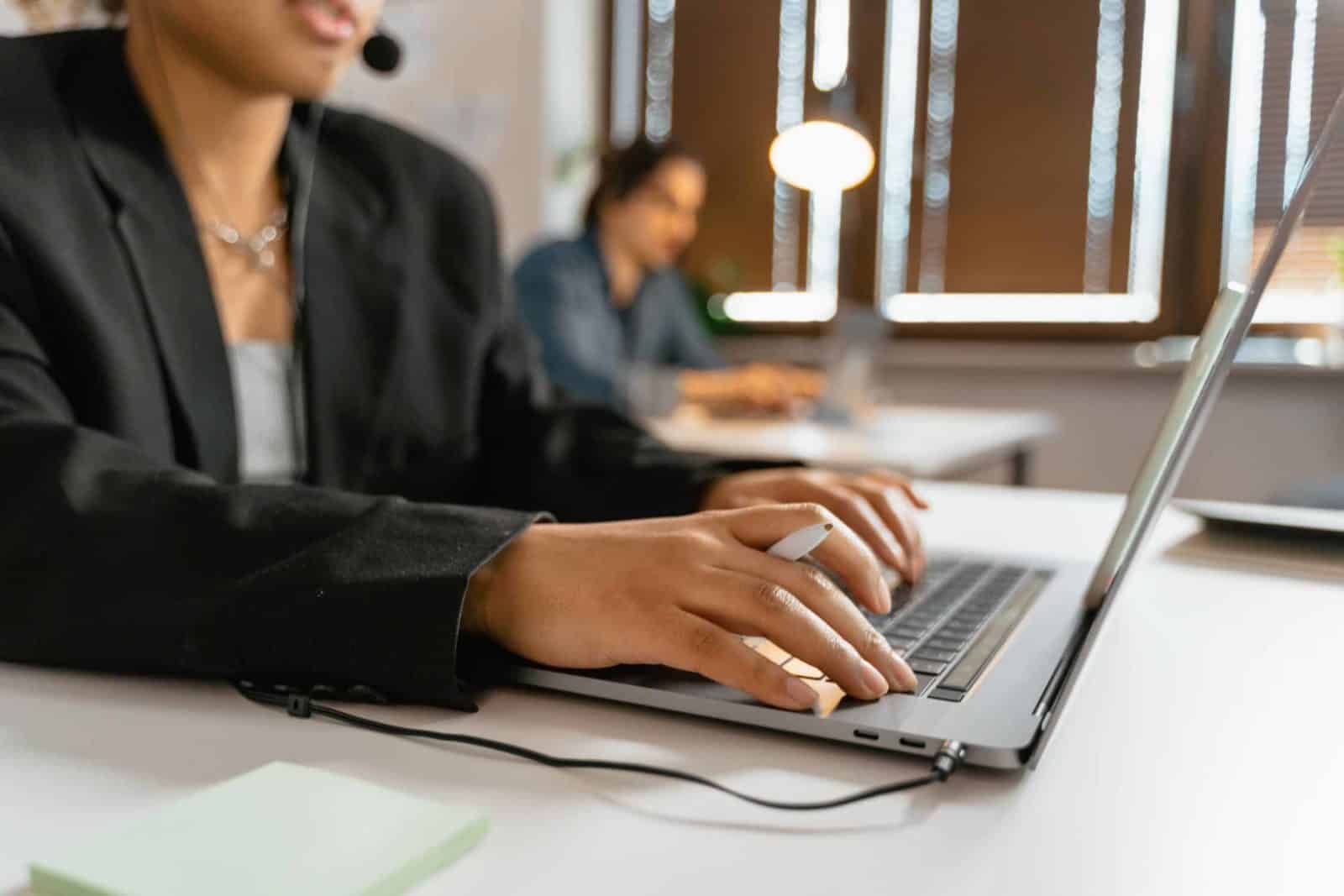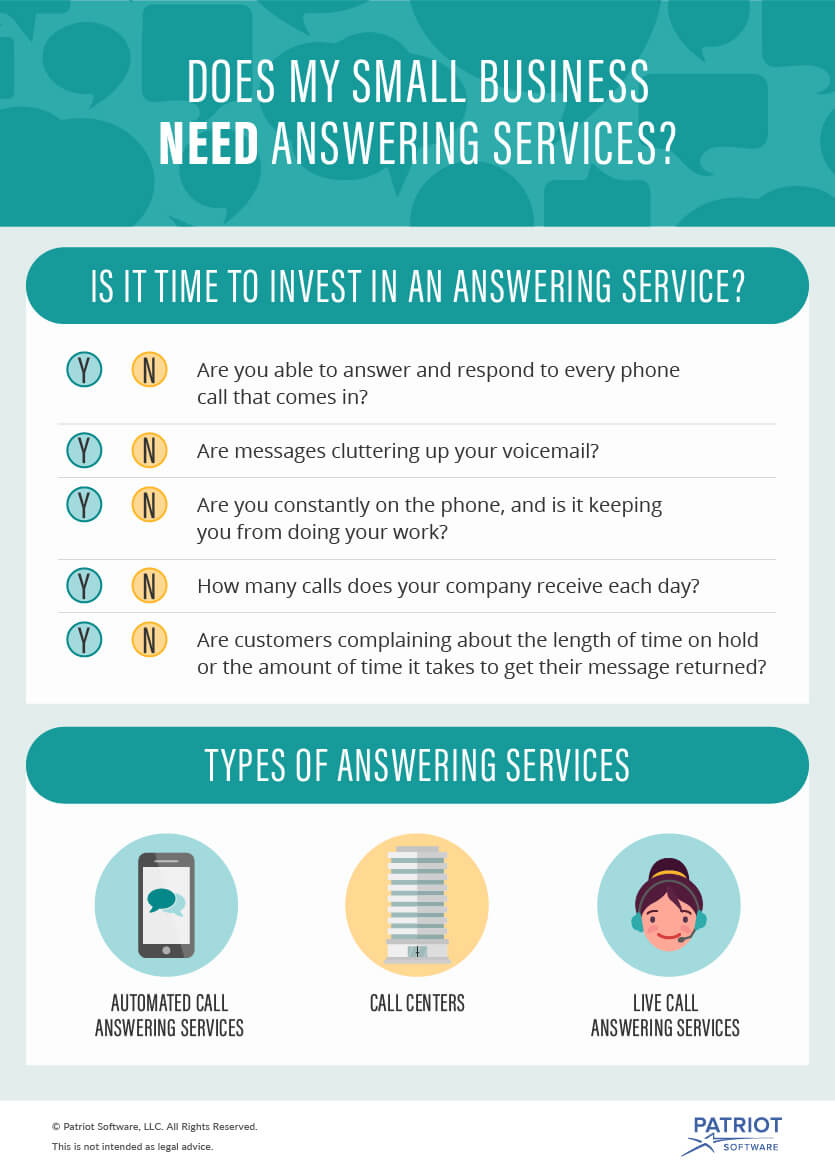All Categories
Featured
Table of Contents
- – Best Live Answering Services - Australia Money ...
- – How To Choose The Best Discover How To Set Up ...
- – Who Is The Best Construction & Trades Phone An...
- – How Much Does Phone Answering Services - Ruby...
- – Who Is The Best Phone Answering Service - Int...
- – What Is The Best Live Answering Services - A...
Best Live Answering Services - Australia Money Can Buy
This gadget and its followers were created by Sava Jacobson, an electrical engineer with a private consulting organization. While early voice mail used magnetic tape innovation, many modern-day devices uses solid state memory storage; some gadgets utilize a mix of both, with a solid-state circuit for the outgoing message and a cassette for the inbound messages.
"toll conserving" listed below) (answer phone service). This is helpful if the owner is evaluating calls and does not want to consult with all callers. In any case after going, the calling party ought to be notified about the call having actually been responded to (in many cases this begins the charging), either by some remark of the operator, or by some welcoming message of the little, or addressed to non-human callers (e.
This holds particularly for the Little bits with digitally kept welcoming messages or for earlier devices (before the increase of microcassettes) with an unique limitless loop tape, different from a 2nd cassette, devoted to recording. There have been answer-only gadgets without any recording capabilities, where the welcoming message had to inform callers of a state of current unattainability, or e (phone answering).
How To Choose The Best Discover How To Set Up A Call Answering Service With A 7- ...

about availability hours. In tape-recording Little bits the welcoming typically consists of an invitation to leave a message "after the beep". An answering machine that uses a microcassette to tape messages On a dual-cassette answerphone, there is an outgoing cassette, which after the defined number of rings plays a pre-recorded message to the caller.
:max_bytes(150000):strip_icc()/how-to-answer-the-phone-properly-2947153-5bd5229bcf254db794ebd49e2ba1652f.png)
Single-cassette answering makers contain the outgoing message at the start of the tape and inbound messages on the staying space. They initially play the statement, then fast-forward to the next available area for recording, then record the caller's message. If there are numerous previous messages, fast-forwarding through them can cause a substantial hold-up.
This beep is often referred to in the welcoming message, requesting that the caller leave a message "after the beep". TADs with digital storage for the taped messages do disappoint this delay, naturally. A little bit might offer a push-button control center, where the answerphone owner can call the house number and, by getting in a code on the remote telephone's keypad, can listen to recorded messages, or erase them, even when far from house.
Who Is The Best Construction & Trades Phone Answering Service Company

Therefore the maker increases the variety of rings after which it addresses the call (generally by two, leading to four rings), if no unread messages are presently saved, but responses after the set variety of rings (normally two) if there are unread messages. This permits the owner to learn whether there are messages waiting; if there are none, the owner can hang up the phone on the, e.
Some machines also permit themselves to be from another location activated, if they have been switched off, by calling and letting the phone ring a specific large number of times (normally 10-15). Some provider abandon calls currently after a smaller number of rings, making remote activation difficult. In the early days of Littles a special transmitter for DTMF tones (dual-tone multi-frequency signalling) was regionally required for remote control, given that the formerly utilized pulse dialling is not apt to communicate appropriate signalling along an active connection, and the dual-tone multi-frequency signalling was implemented stepwise.
Any incoming call is not recognizable with respect to these homes in advance of going "off hook" by the terminal equipment. So after going off hook the calls should be switched to suitable devices and only the voice-type is immediately available to a human, but perhaps, nevertheless ought to be routed to a LITTLE BIT (e.
How Much Does Phone Answering Services - Ruby Receptionist Services Service Cost?
What if I told you that you do not have to really pick up your device when addressing a client call? Another person will. So hassle-free, best? Responding to call does not need somebody to be on the other end of the line. Effective automated phone systems can do the technique just as efficiently as a live agent and sometimes even better.
An automatic answering service or interactive voice reaction system is a phone system that interacts with callers without a live person on the line - virtual telephone answering service. When business use this innovation, clients can get the answer to a concern about your service simply by utilizing interactions established on a pre-programmed call flow.
Although live operators upgrade the customer care experience, many calls do not need human interaction. A simple taped message or directions on how a client can recover a piece of information generally fixes a caller's immediate requirement - professional phone answering service. Automated answering services are a simple and efficient method to direct incoming calls to the best person.
Who Is The Best Phone Answering Service - Intelligent Office Company?
Notification that when you call a company, either for assistance or item inquiry, the very first thing you will hear is a pre-recorded voice welcoming and a series of options like press 1 for customer support, press 2 for questions, and so on. The pre-recorded alternatives branch off to other options depending upon the consumer's selection.
The phone tree system assists direct callers to the right individual or department utilizing the keypad on a cellphone. In some instances, callers can use their voices. It's worth keeping in mind that auto-attendant choices aren't restricted to the ten numbers on a phone's keypad. Once the caller has selected their first choice, you can create a multi-level auto-attendant that utilizes sub-menus to direct the caller to the best kind of help.
The caller does not need to interact with a person if the auto-attendant phone system can manage their concern. The automated service can path callers to a worker if they reach a "dead end" and need help from a live representative. It is pricey to hire an operator or executive assistant.
What Is The Best Live Answering Services - Australia To Buy Now
Automated answering services, on the other hand, are significantly cheaper and provide significant cost savings at an average of $200-$420/month. Even if you don't have actually committed staff to manage call routing and management, an automatic answering service improves efficiency by permitting your group to concentrate on their strengths so they can more effectively invest their time on the phone.
A sales lead routed to client service is a lost shot. If a client who has product questions reaches the incorrect department or gets insufficient responses from well-meaning staff members who are less trained to deal with a specific kind of question, it can be a reason for disappointment and frustration. An automated answering system can minimize the variety of misrouted calls, thus helping your staff members make much better use of their phone time while releasing up time in their calendar for other jobs.
With Automated Answering Systems, you can develop a tailored experience for both your staff and your callers. Make a recording of your main welcoming, and merely update it routinely to show what is going on in your organization. You can develop as numerous departments or menu alternatives as you desire.
Table of Contents
- – Best Live Answering Services - Australia Money ...
- – How To Choose The Best Discover How To Set Up ...
- – Who Is The Best Construction & Trades Phone An...
- – How Much Does Phone Answering Services - Ruby...
- – Who Is The Best Phone Answering Service - Int...
- – What Is The Best Live Answering Services - A...
Latest Posts
Optimized Emergency Answering Service
Top Virtual Phone Answering for Efficiency
After Hours Call Service Adelaide
More
Latest Posts
Optimized Emergency Answering Service
Top Virtual Phone Answering for Efficiency
After Hours Call Service Adelaide